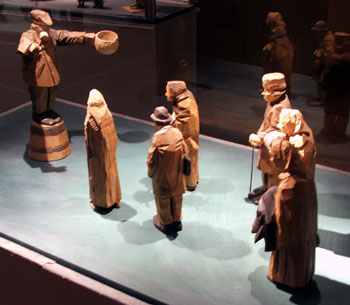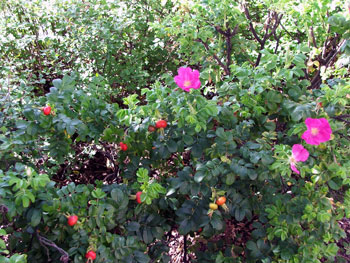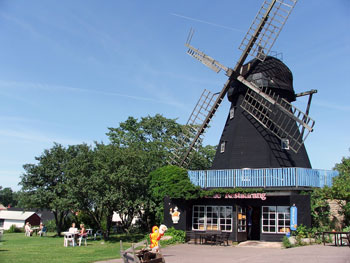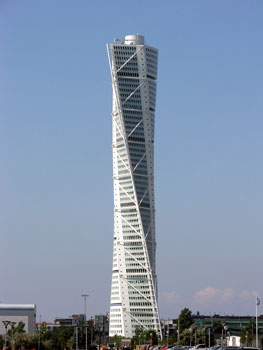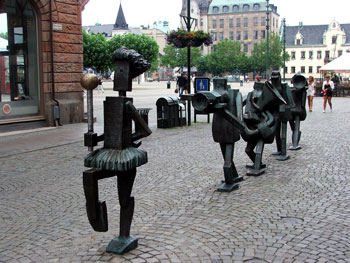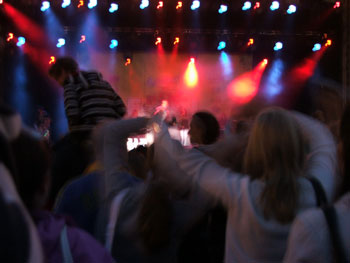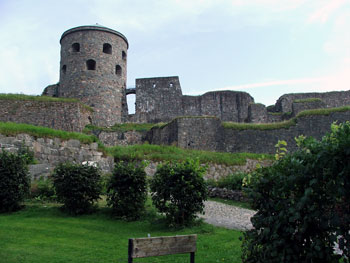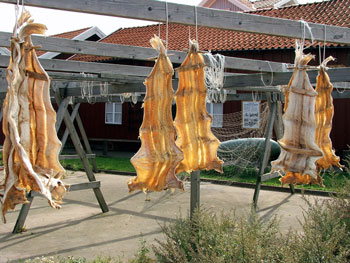 |
 |
 |
We retraced our steps to return to Hallberg-Rassy and winter storage for Second Wind. Some of our stops were to places we'd already visited this season, but we managed to see a few different ports as well. Here are some of the sights that caught our attention.
